Welcome to our quick guide on Sri Lanka, where you’ll find answers to all the common questions tourists ask. Whether you’re curious about the best time to visit, the must-see attractions, or the tastiest foods, we’ve got you covered. Get ready to have fun while learning about this beautiful island history,culture and interesting facts.
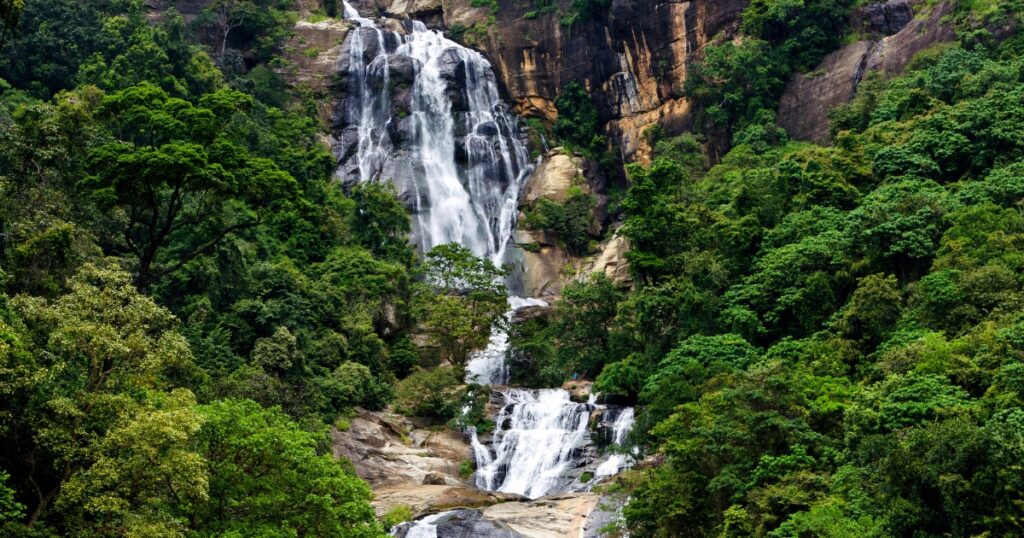
Table of Contents
History of Sri Lanka
1. Is Sri Lanka an old country?
Yes, Sri Lanka’s history dates back over 3,000 years with archaeological evidence of human settlements over 125,000 years old. It has a written history since the 4th century BCE., making it one of the oldest recorded countries in the world.
2. Who ruled Sri Lanka?
Sri Lanka was ruled by Sinhalese and Tamil kingdoms, followed by Portuguese, Dutch, and British colonizers. The island has had a series of powerful kingdoms and then the colonial period,. The Sinhalese and Tamil kingdoms were quite famous in the olden days. The later periods of the island’s history witnessed the occupation of the island by the European powers,the Portuguese, Dutch, and British,who had a lasting influence on the culture, architecture, and mechanism of governance.
3. Did Sri Lanka have a queen?
Yes, Queen Anula of Anuradhapura (47-42 BCE) was one of the earliest female rulers in recorded history. She is quite significant for being one of the earliest recorded female monarchs of the world. Her reign indicates the fact that women held political power in ancient Sri Lanka, showing the advanced features of the island in terms of its early civilization.
4. Who is the lord of Lanka?
In Hindu mythology, Ravana is the lord of Lanka, ruling with great power in the epic Ramayana,where he is portrayed as a powerful and scholarly king of Lanka. This legend underlines the deep cultural bonds which the island has with the ancient Indian traditions and legends.
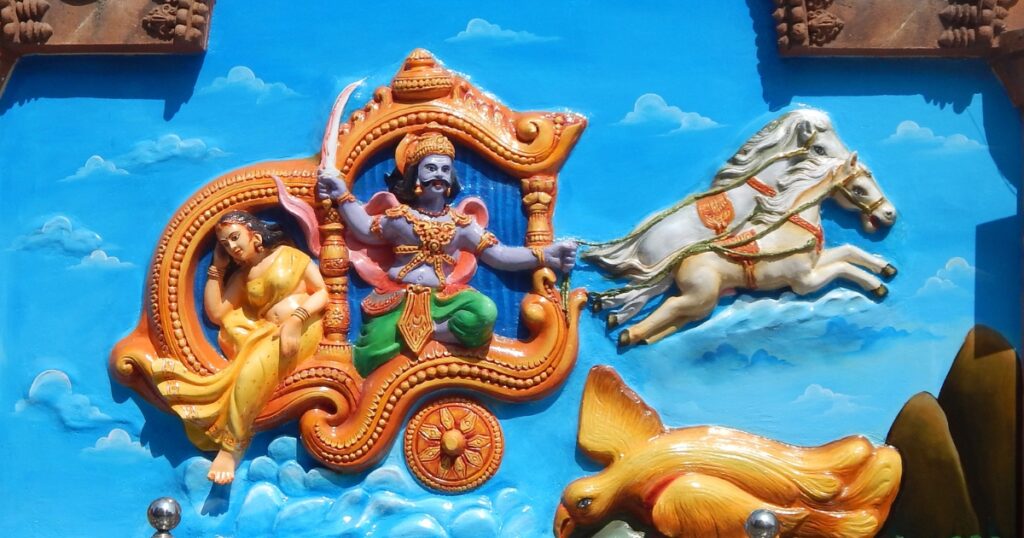
5. Did Sri Lanka have a king?
Yes,notable kings include King Dutugemunu and King Parakramabahu I, who were instrumental in unifying the island and advancing irrigation and architecture.
The history of Sri Lanka is a story of its great number of kings who ruled and helped the cultural and political back of the island. King Dutugemunu united the island, and King Parakramabahu I contributed greatly to the part of Sri Lanka in irrigation and architecture.
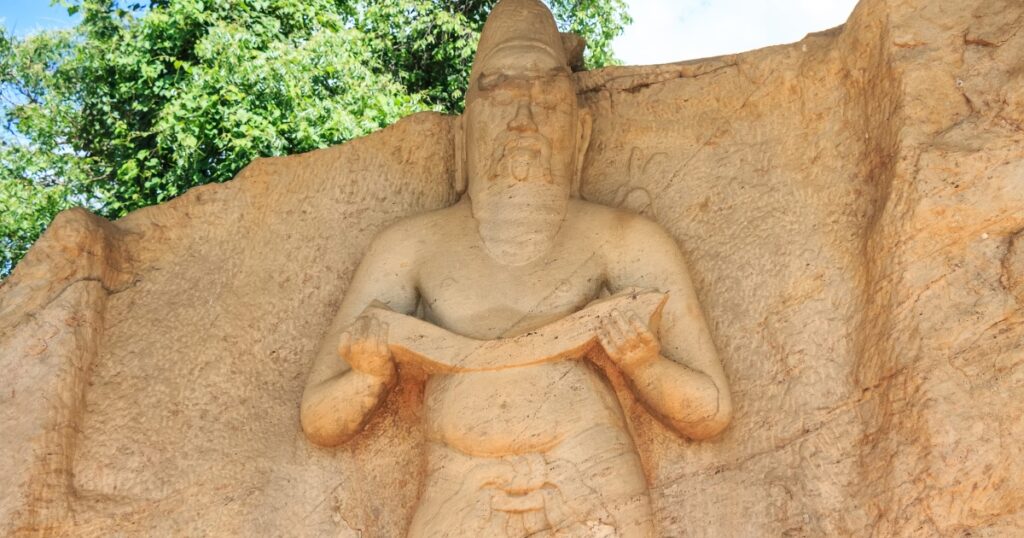
6. Who came first to Sri Lanka?
According to mythology, the record of human arrival to Sri Lanka was made on or about 543 B.C. by Prince Vijaya from North India. The entry into Prince Vijaya marks the beginning of the historical chronicle of the island. This legend brings out the early connections of the island with North India and serves as the foundational story in Sri Lankan history.
7. What is Sri Lanka’s old name?
Old name of Sri Lanka is Ceylon. Ceylon, used to be the name of Sri Lanka during the colonial period till the mid-20th century. It signifies the period that relates to the British regime on the island which lasted from 1815 to 1948. For the purpose of national identity and to disassociate itself from colonial legacies, on the 1972 name of the country was changed to Sri Lanka.
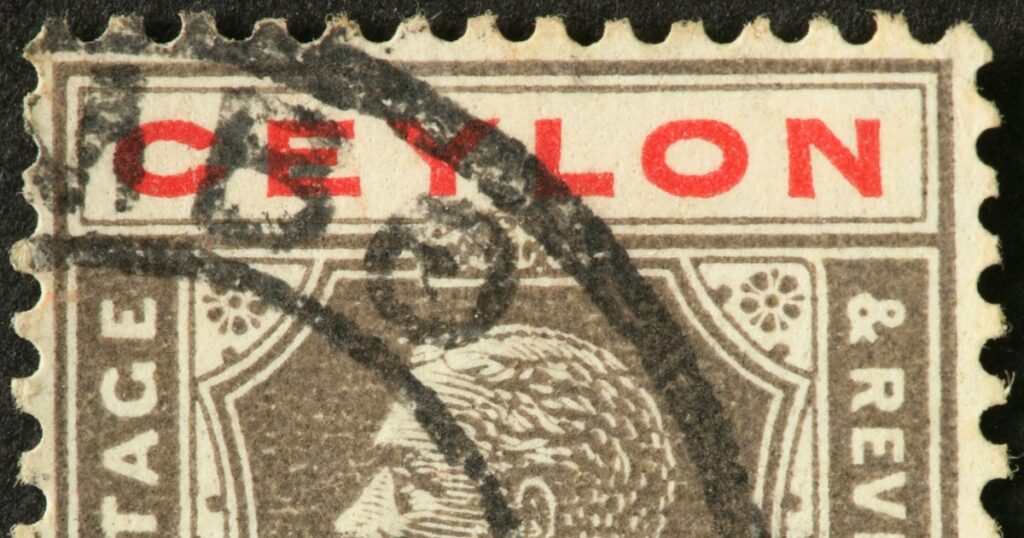
8. What is Sri Lanka’s full name?
The Democratic Socialist Republic of Sri Lanka is the full name of the country. It signifies the country’s governance structure and cultural identity. The name reflects Sri Lanka’s position as a free nation with a democratic and socialist framework, entailing Sri Lanka’s post-independence political and social aspirations.
9. How did Sri Lanka gain independence?
Sri Lanka gained its independence from British rule on February 4, 1948, through a negotiated agreement. Obtaining independence through negotiations is proof that Sri Lanka made a peaceful transition from a colony to a free country. It ended not only an almost 400-year rule of the colonizers but also marked the beginning of a self-governing state.
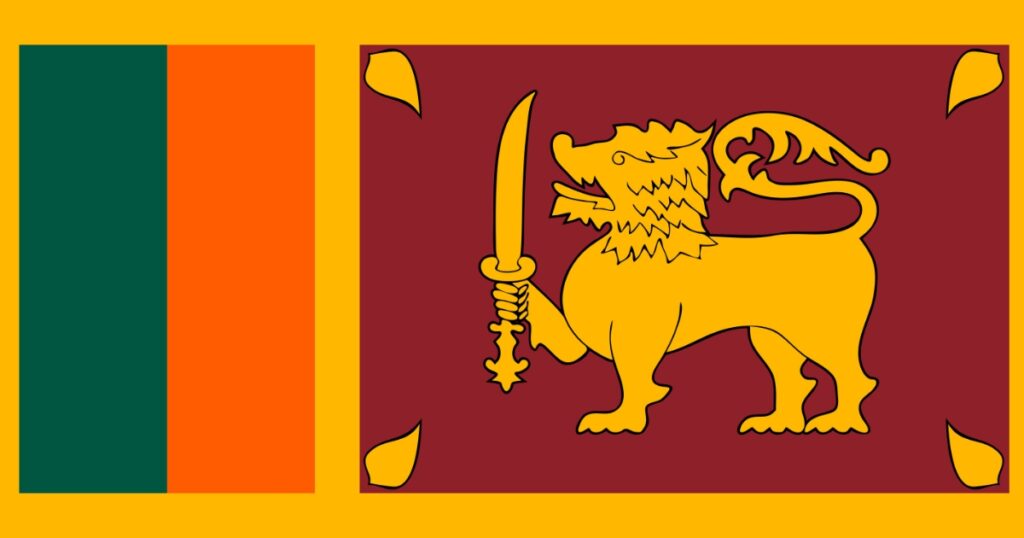
10. What were the ancient civilizations in Sri Lanka?
Some well-known ancient civilizations of the Sri Lankan people are the kingdoms of Anuradhapura and Polonnaruwa, characterized with impressive city planning and monumental constructions. The ancient kingdoms of Anuradhapura and Polonnaruwa greatly contributed in the culture attached to Buddhism and the system of irrigation. These had developed high technological urban centers with advanced architecture in the forms of stupas, temples, and reservoirs to show their engineering and cultural excellence.
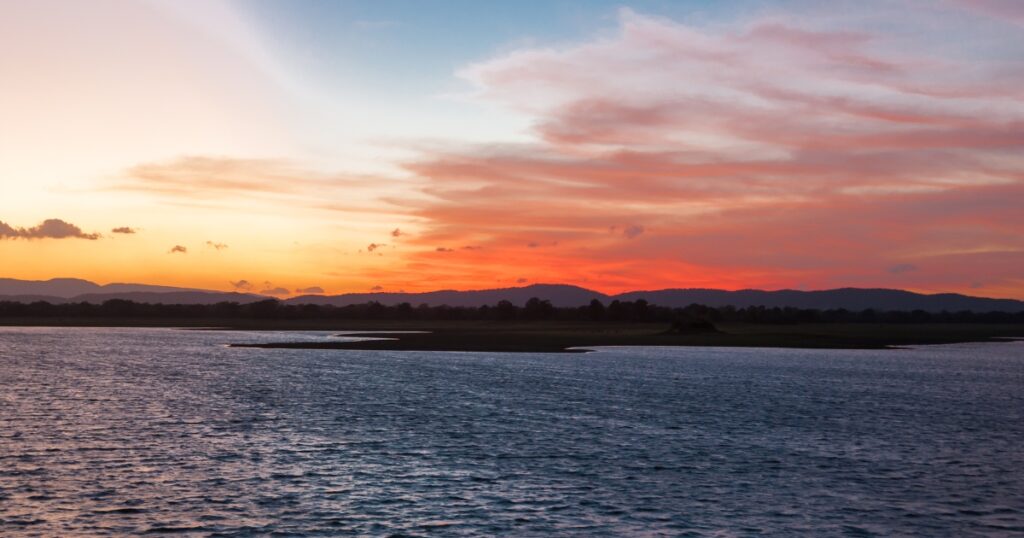
11. What are some significant historical events concerning Sri Lanka?
Among the important ones are the advent of Buddhism in the 3rd century BCE into the country, the establishment of the Kandyan kingdoms, and the time of the Sri Lankan Civil War that was from 1983 to 2009.These define the modern identity of the country and its social-political fabric brought in big change, religious and cultural scenery.The Kandyan kingdom stayed out of the European colonizer for a considerably long time. The effect of the civil war was crucial, having dramatically changed the social and political life of many Sri Lankans.
12. How was Buddhism brought into Sri Lanka?
Buddhism spread in Sri Lanka after King Devanampiya Tissa first embraced Buddhism after the mission of Mahinda—son of Indian Emperor Ashoka—arrived on its island in the 3rd century BCE.
Such an act served as an initiation to the creation of an effective, age-long Buddhist tradition on the island, which would sharply mark its art, architecture, and way of life. In many respects, Buddhism became deeply ingrained in the social and cultural texture of the island.
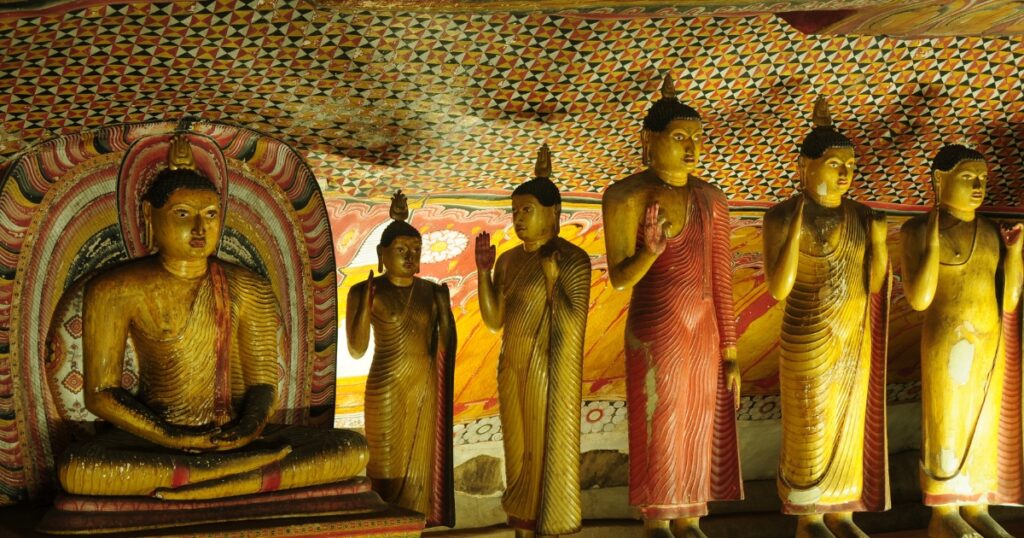
13. What is the history behind the Sri Lankan civil war?
The Sri Lankan Civil War was a 25-year conflict between the government and the Liberation Tigers of Tamil Eelam (LTTE) because of their aspiration to have an independent Tamil state. That ended with LTTE’s defeat in 2009.
The blistering civil war transformed the nation, reading all social and political changes. It was terribly rampant in violence, human rights abuse, and the destruction of the economy. It was only after the end of the war in 2009 that the country got into this new phase of reinvention and reconciliation.
14. Who are some of the eminent personalities in Sri Lanka’s history?
The eminent personalities in Sri Lankan history would be King Dutugemunu, who unified the island, and Anagarika Dharmapala, who is considered to founder of the Buddhist revival.
The persons in the first instance are venerated for their role in national unification and the creation of cultural heritage. King Dutugemunu is venerated for his service in consolidating power and promotion of Buddhism, while Anagarika Dharmapala played a key role in the Buddhist revival in the early twentieth century and was a major figure in the world Buddhist movement.
15. What were the significant colonial influences on Sri Lanka?
The remarkable colonial influences on Sri Lanka are from the Portuguese, Dutch, and British times, reflecting culture, architecture, and legal systems.
Each colonial power left a distinct imprint on the island’s development and global connections. New crops and architectural styles brought by the Portuguese.The Dutch influences trade and legal systems, and the British set up plantations and modern administrative structures, which has shaped the course of the country’s developments.
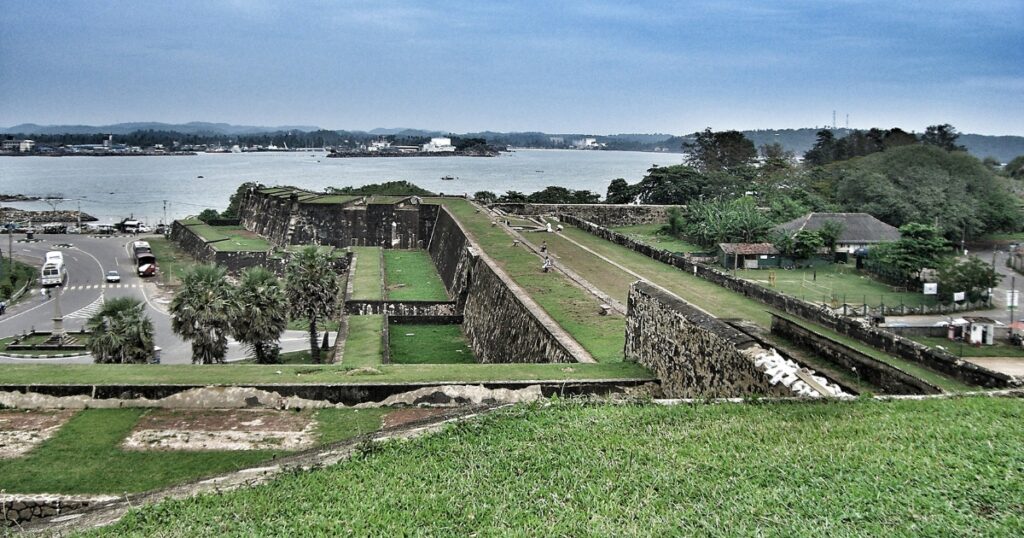
16. How did the name of Sri Lanka change when it was originally Ceylon?
The name was officially changed from Ceylon to Sri Lanka in 1972 when the country became a republic.With the name change to Sri Lanka, the country essentially underwent a symbolic transformation from the colonial past to a new epoch of identity and self-governance. Indeed, this was a moment when colonial legacies would cease, and a country’s heritage and cultural identity was affirmed by embracing its ancient name and establishing its sovereignty.
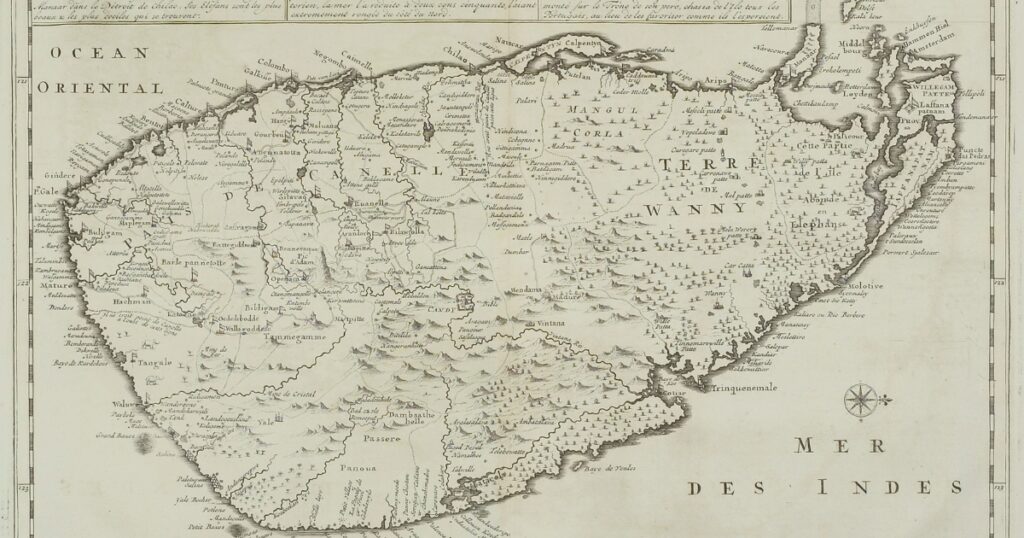
Culture of Sri Lanka
1. Are Sri Lankans friendly?
Yes, the friendly and hospitable nature of Sri Lankans is unquestionable.Sri Lankan culture has brewed with the elixir of high hospitality values, and it implantation is inculcated in their daily lives. Visitors find the locals to be friendly, warm, and welcoming. They are eager to show tourists their culture and traditions. At the end of the day, whether one is in the rural village or in the urban streets, the genuine warmth and helpfulness of the Sri Lankans would have left an impact on the tourists.
2. What do Sri Lankans talk in general?
On the whole, Sri Lankans speak Sinhala, Tamil, and English.The country has two official languages, Sinhala and Tamil, which is an indication of the different ethnic groups in the country. One would be able to see the majority speaking Sinhala and the minority Tamil, especially in the Northern and Eastern provinces. The English language remains today a common denominator among groups, facilitating communication in general and those related to business and tourism.
3. What is saying hello in Sri Lanka?
Sri Lankans greet with the word “Ayubowan” in Sinhala and “Vanakkam” in Tamil. “Ayubowan” in Sinhala and “Vanakkam” in Tamil are the traditional greetings that go beyond your ordinary “Hello.” “Ayubowan” means “may you live long,” and “Vanakkam” is a salutation of respect and goodwill. These greetings clearly say all about the courteousness and respectful manner that is involved in the Sri Lankan culture.
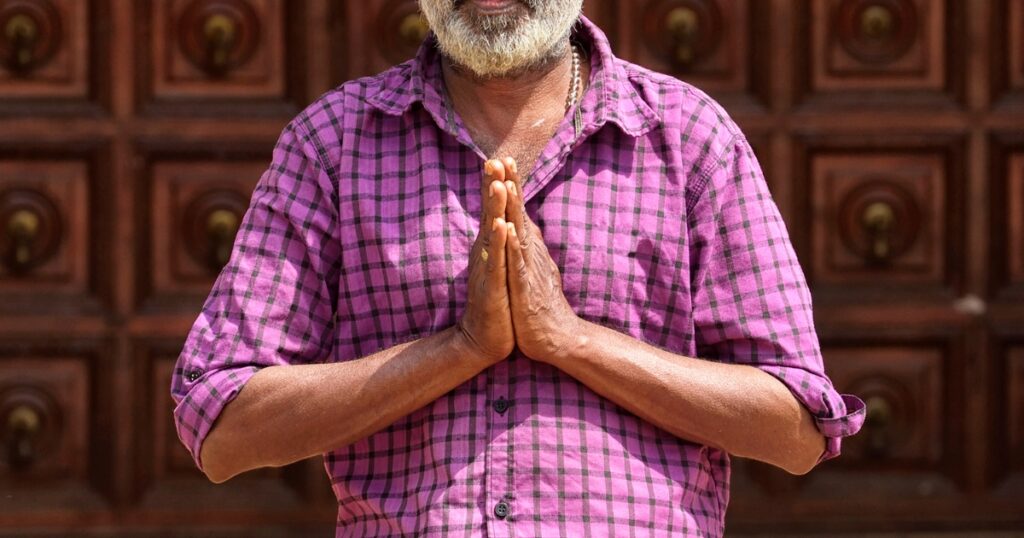
4. Do Sri Lankans like to drink?
Yes, Sri Lankans do drink, with common beverages being tea, coconut arrack, and beer.Tea is a staple in Sri Lanka due to its famous tea industry, and it is enjoyed throughout the day. Alcohol is also consumed, and most popular is the coconut arrack, which is a native spirit made from the sap of the coconut flowers. Beer is also consumed, and when homebrewed, it is preferred. There is also this aspect of social drinking when one is celebrating or in another social setup.Tourist love the brand ‘Lion’ beer.
5. Are Sri Lankans Muslims?
There are some Sri Lankans who are Muslims, and the others are Buddhist, Hindu or Christian.There are four main religions in Sri Lanka; Muslim takes about 10% of the population. Islam is the minority while the chief religion is Buddhist followed closely by Hindus and the Christians. This religious diversity is as a result of a rich history that each religion adds to what the people have as their culture.
6. Is child marriage legal in Sri Lanka?
Child marriage is not legal in Sri Lanka, although its practice is recorded in some areas due to tradition.The marriage age in Sri Lanka is 18; this is established to provide protection of children’s rights and needs. However, it can be unevenly implemented in local communities and regions, and tradition encourages child marriage in minority groups. Efforts to counter and further eliminate child marriages are made through education and legislation.
7. Is it appropriate to kiss in Sri Lanka?
Public display of affection, like kissing is frowned upon.Public kissing and other forms of show of affection are not common in the Sri Lankan society. The subtle forms of affection are accepted, such as hand holding, but personal acts of intimacy, such as kissing can best be done in private. This underscores the value of public behavior being exhibited in a modest and discreet manner.
8. Why people love Sri Lanka?
What makes people love Sri Lanka is its beautiful landscape, rich culture, and friendly people.From beautiful beaches to lush mountains; historical places to lively festivals,this island offers them all. Its rich heritage and cultural aspects along with warm hospitality and natural beauty draw the attention of tourists toward it. The varied experiences, from wildlife safaris to exploring ancient temples, add to its appeal.
9. Is Sri Lanka romantic?
Yes, Sri Lanka is one of the most romantic destinations perfect for honeymoons and romantic getaways.The beautiful geography, serene beaches, and luxury resorts are the best settings for romantic expressions. A couple may like to have a beachside dinner, a scenic rail journey, or a quiet stay in the hill country. The quietness and the scenic beauty pump the lot of romanticism present here into people, making it a favourite destination for romantic vacations.
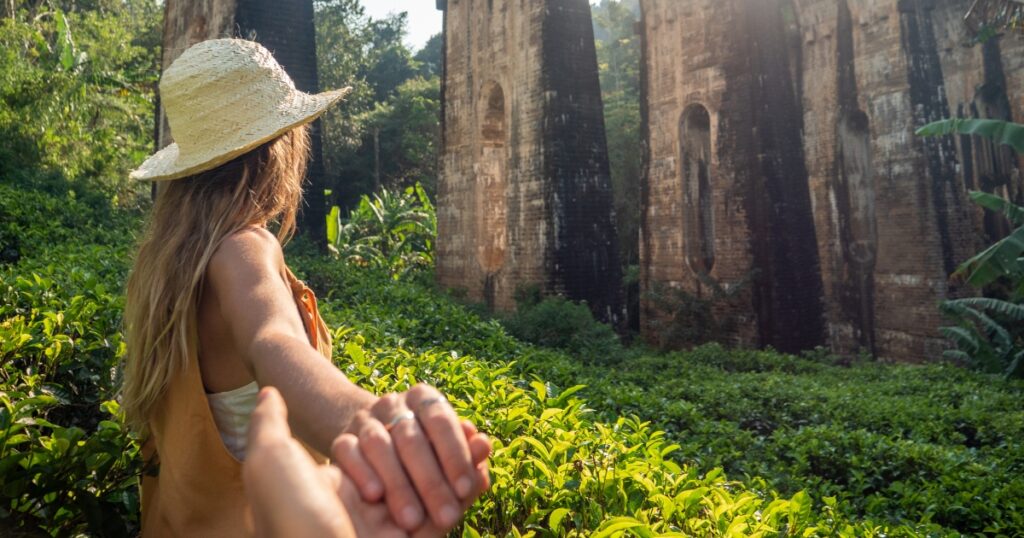
10. What is Sri Lanka best known for?
Sri Lanka is best known for its tea, beaches, and cultural heritage.The country is well known for its Ceylon tea, produced in the central highlands. The pristine beaches of Sri Lanka are known to attract tourists from all over the place and provide an ideal spot for relaxation and water sports. In addition, it is home to several UNESCO World Heritage Sites, which include ancient cities, rock fortresses, and sacred temples, displaying its rich historical and cultural heritage.
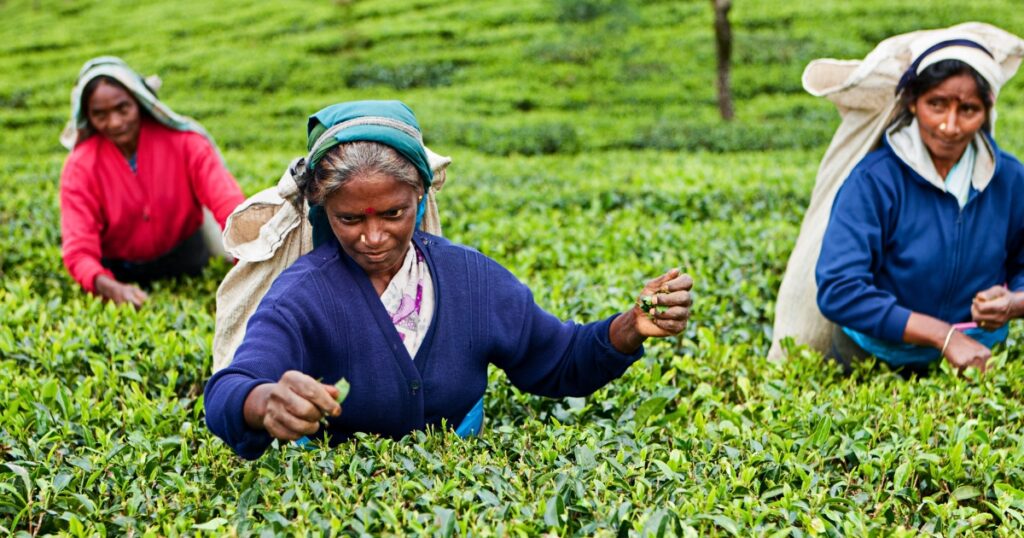
11. What are the main religions in Sri Lanka?
The main religions in Sri Lanka are Buddhism, Hinduism, Islam, and Christianity.Buddhism is the predominant religion, with around 70% of the population practicing it. Hinduism is mainly followed by the Tamil minority, Islam by the Muslim community, and Christianity by a small segment of the population. These religions contribute to the country’s cultural diversity, with each having its own unique traditions and festivals.
12. What are some traditional Sri Lankan festivals?
Traditional Sri Lankan festivals include Sinhala and Tamil New Year, Vesak, and Diwali.The Sinhala and Tamil New Year in April marks the start of the new year according to the traditional lunar calendar and is celebrated with various customs and festivities. Vesak, a major Buddhist festival, commemorates the birth, enlightenment, and death of Buddha. Diwali, the Hindu festival of lights, is widely celebrated by the Tamil community. These festivals reflect the island’s religious and cultural diversity and are marked by elaborate rituals, feasts, and community activities.
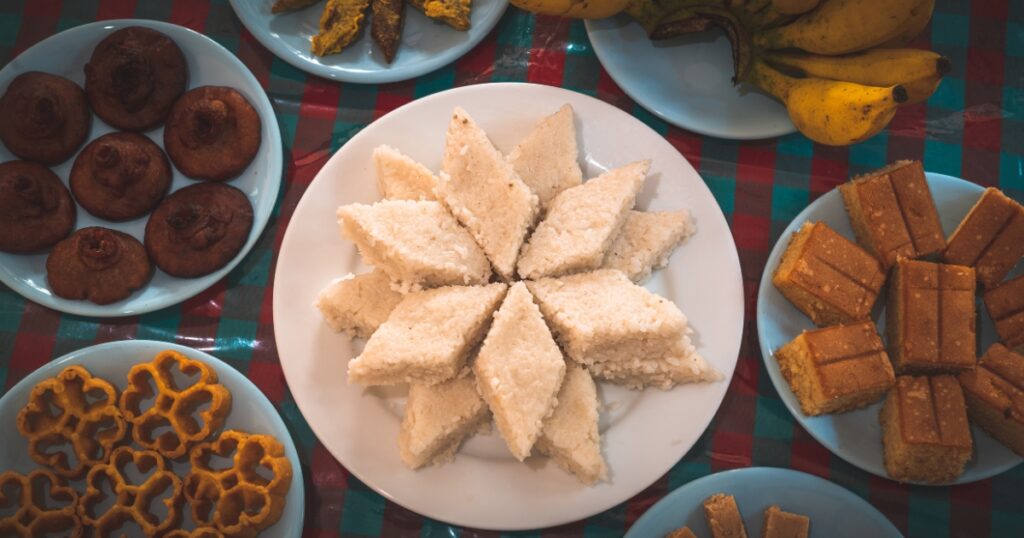
13. What is traditional Sri Lankan cuisine like?
Traditional Sri Lankan cuisine is characterized by rice, coconut, and spices.Meals often include rice served with various curries made from vegetables, meats, or fish. Coconut milk is a common ingredient, adding richness to dishes. Spices like cinnamon, cardamom, cloves, and black pepper are used generously, creating a distinct flavor profile. Traditional dishes include hoppers, string hoppers, and kottu roti, each offering a unique taste experience.
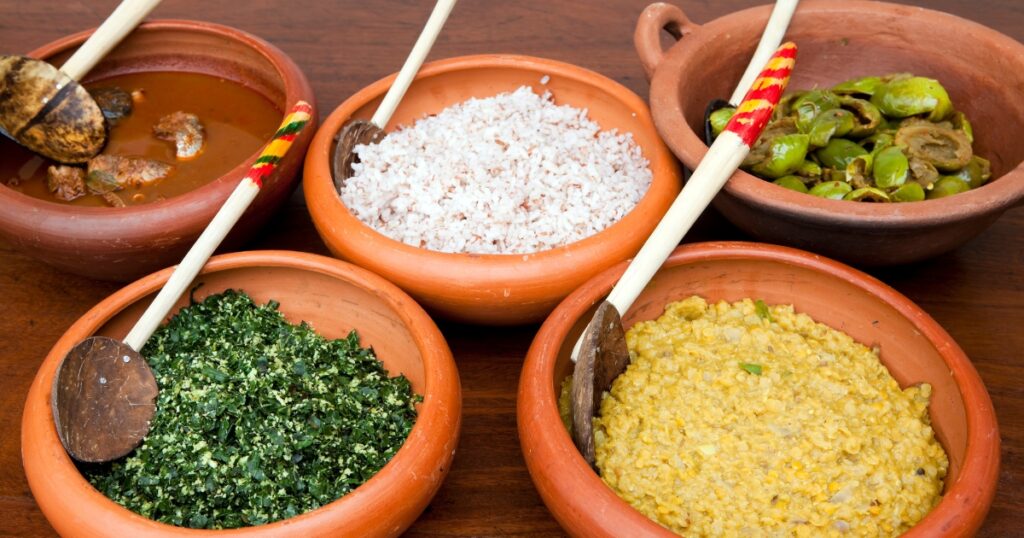
14. What are some famous Sri Lankan dances and music styles?
Famous Sri Lankan dances include Kandyan, Low Country, and Sabaragamuwa dances; music styles feature traditional drumming and folk songs.Dance and music are integral to Sri Lankan culture, often performed during religious and cultural ceremonies. Kandyan dance, known for its elaborate costumes and energetic movements, originates from the hill country. Low Country dance includes ritualistic and exorcist dances, while Sabaragamuwa dance is associated with the Sabaragamuwa region. Traditional music is characterized by vibrant drumming and folk songs that tell stories of the land and its people.
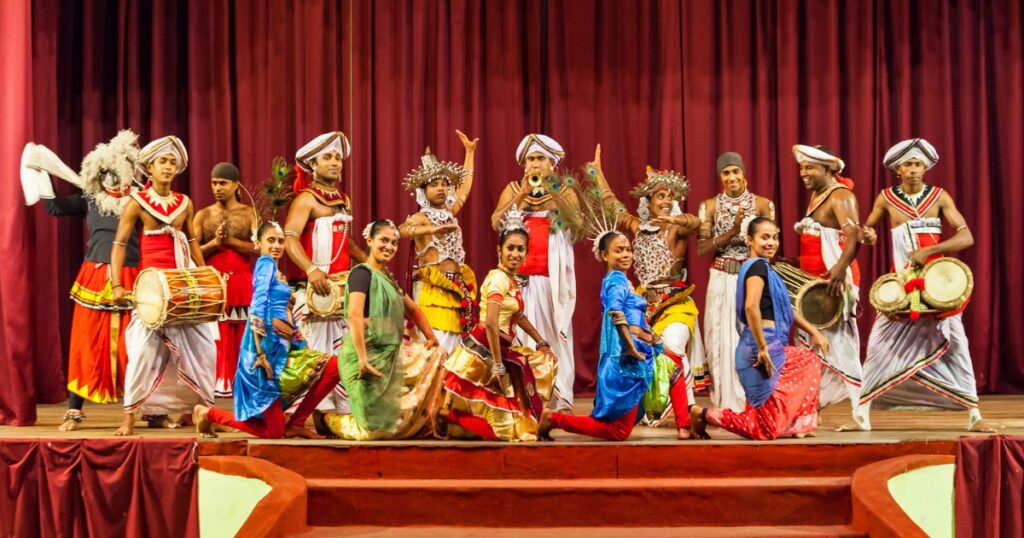
15. How do Sri Lankans celebrate New Year?
Sri Lankans celebrate New Year with family gatherings, traditional games, and rituals.The Sinhala and Tamil New Year in April is a significant cultural event marked by cleaning homes, preparing special foods, and participating in customs like boiling milk to overflow as a sign of prosperity. Traditional games, such as tug-of-war and pillow fights, are enjoyed by all ages. The celebrations emphasize family unity and cultural heritage.
16. What are some common customs and traditions in Sri Lanka?
Common customs include respecting elders, removing shoes before entering homes, and celebrating religious festivals.These traditions emphasize respect, hospitality, and the importance of family and community in Sri Lankan culture. Respecting elders is a deeply ingrained value, with younger people often greeting them with folded hands and bowed heads. Removing shoes before entering homes and certain religious sites is a sign of respect and cleanliness.
17. How do Sri Lankans dress traditionally?
Traditional dress for Sri Lankans includes the sarong for men and the sari for women.These garments are worn during special occasions and festivals. The sarong is a long piece of cloth wrapped around the waist, while the sari is a long, flowing fabric draped elegantly over the body. These traditional outfits are often made from vibrant, colorful fabrics and are worn to celebrate cultural heritage and identity.
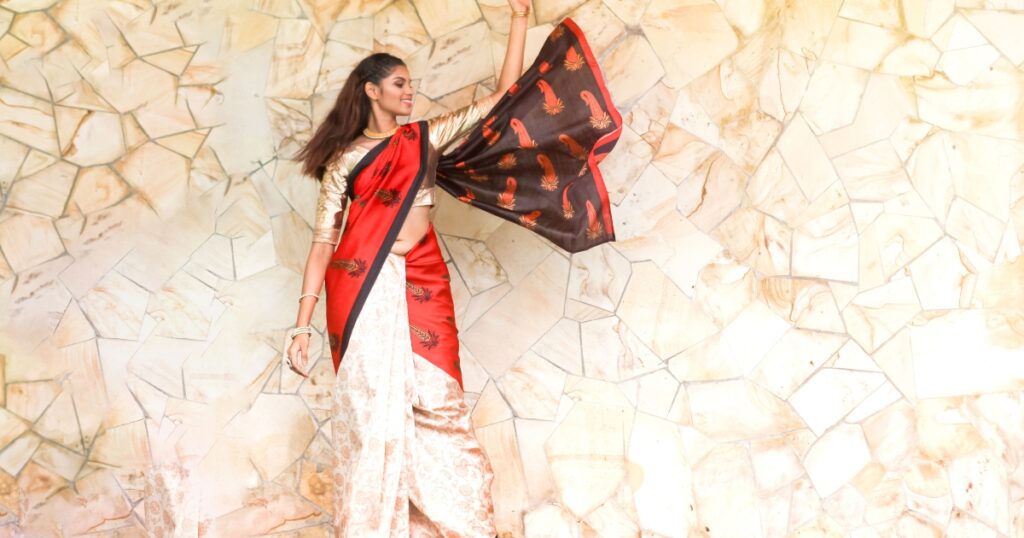
18. What are some popular sports in Sri Lanka?
Popular sports in Sri Lanka include cricket, rugby, and volleyball.Cricket is the most beloved sport, with a strong national team and widespread enthusiasm among the population. Major cricket matches are followed with great interest and are a source of national pride. Rugby and volleyball are also widely played, with many local and national tournaments held regularly.
19. What role does tea play in Sri Lankan culture?
Tea plays a significant role in Sri Lankan culture as a staple beverage and an important export.Sri Lanka, known for its Ceylon tea, has a rich tea-drinking culture. Tea is enjoyed daily by most Sri Lankans and is an integral part of social interactions and hospitality. Additionally, the tea industry is a key part of the economy, with tea plantations and factories providing employment and contributing to the country’s global reputation.
20. How do Sri Lankans view family and community?
Family and community are central to Sri Lankan life, with strong emphasis on respect, support, and cooperation. Sri Lankan culture values close-knit family units and strong community ties. Respect for elders, communal support, and collective participation in social events are fundamental aspects of daily life. Family gatherings and community celebrations are common, reflecting the importance placed on maintaining strong interpersonal relationships and a sense of belonging.
Travel Tips for Sri Lanka
1. Is Sri Lanka a clean country?
Sri Lanka is relatively clean, especially in tourist areas and national parks.While urban areas like Colombo can have typical city pollution and litter, many tourist spots, beaches, and nature reserves are well-maintained. Efforts are ongoing to improve cleanliness and waste management across the country.
2. Is Sri Lanka expensive?
Sri Lanka can be budget-friendly but can also be expensive depending on your travel style. Accommodation, food, and transportation can be very affordable, especially if you opt for local options. However, luxury hotels, high-end restaurants, and certain tourist activities can be pricey. Overall, it’s possible to travel on a budget or splurge on a more luxurious experience.
3. Is it safe to go to Sri Lanka now?
Yes, Sri Lanka is generally safe for tourists.The country has improved its safety measures and tourism infrastructure significantly. However, it’s always good to stay updated on travel advisories and local news, practice common travel safety tips, and be cautious in less crowded or unfamiliar areas.
4. Is Colombo safe at night?
Colombo is generally safe at night.Like any major city, some areas of Colombo are safer than others. Stick to well-lit, populated areas, avoid displaying valuables, and use reliable transportation. Tourists are advised to stay in reputable hotels and avoid isolated spots.
5. Where should you go in Sri Lanka?
Key destinations include Colombo, Kandy, Sigiriya, Ella, and Galle.Colombo offers urban experiences and nightlife; Kandy is known for its cultural heritage; Sigiriya features ancient rock fortresses; Ella is famous for its scenic train rides and hiking trails; and Galle boasts historic colonial architecture and beautiful beaches.
6. What is the coolest area in Sri Lanka?
The hill country around Nuwara Eliya is the coolest area. Known as “Little England,” Nuwara Eliya has a temperate climate, tea plantations, and colonial-era buildings. The cool weather and scenic landscapes make it a popular retreat, especially during the hotter months.
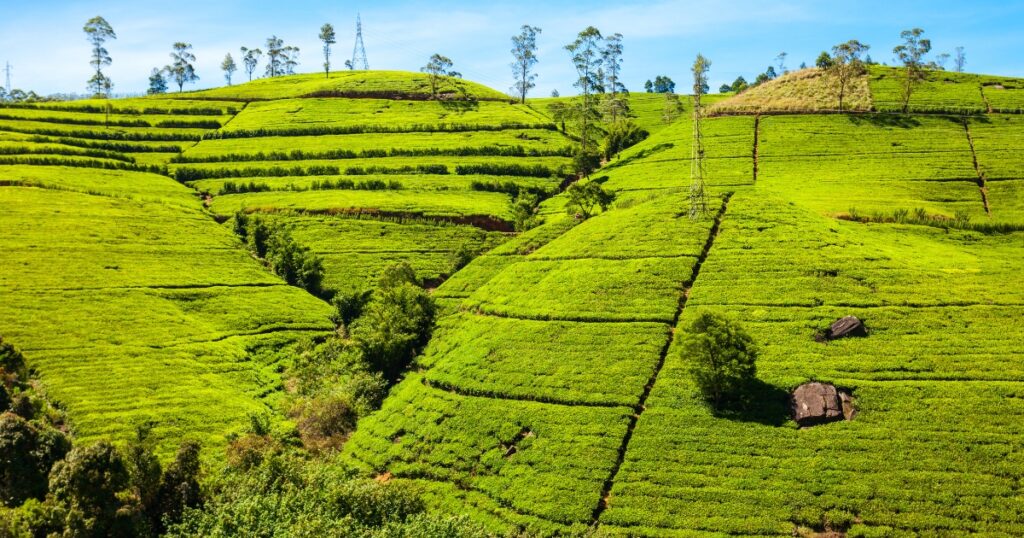
7. What is a tourist attraction you enjoyed visiting in Sri Lanka?
Sigiriya Rock Fortress is a must-visit.Climbing the ancient rock fortress offers stunning views and a glimpse into Sri Lanka’s rich history. The site includes beautiful frescoes, landscaped gardens, and ancient ruins, making it a fascinating destination for history buffs and adventure seekers alike.
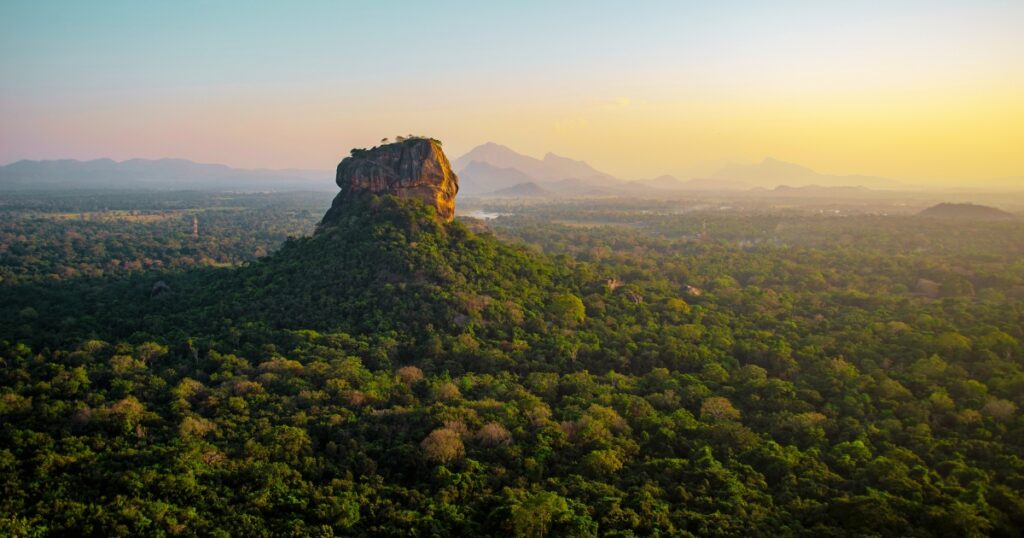
8. What is the most beautiful city in Sri Lanka?
Kandy is often considered the most beautiful city. Surrounded by hills and centred around a picturesque lake, Kandy is known for its scenic beauty and cultural significance. The Temple of the Tooth, vibrant markets, and botanical gardens add to its charm.
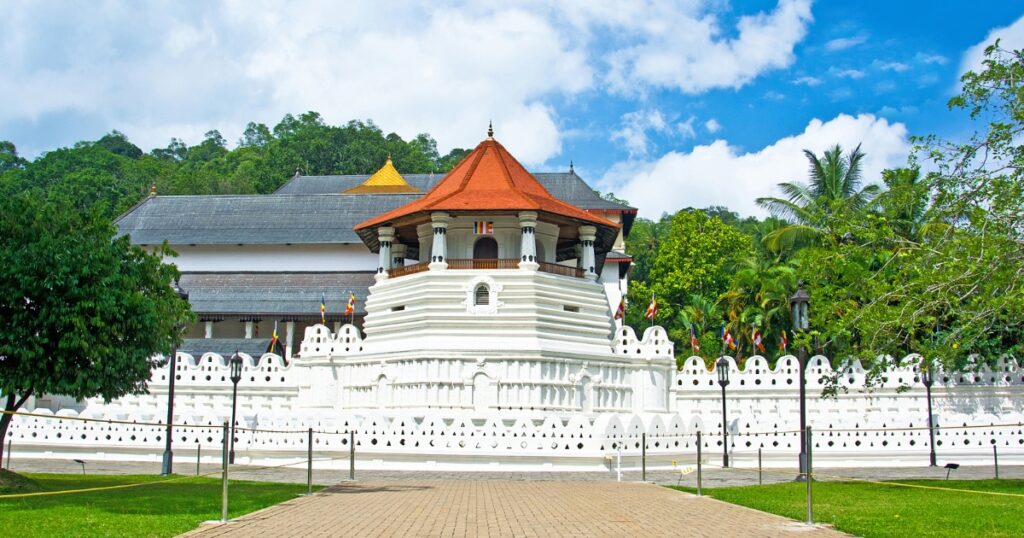
9. What is best to buy in Sri Lanka?
Ceylon tea, spices, gemstones, and handcrafted items.Sri Lanka is famous for its high-quality tea and spices. Gemstones, particularly sapphires, are also a popular purchase. Additionally, locally made handicrafts, batik textiles, and wooden carvings make for unique souvenirs.
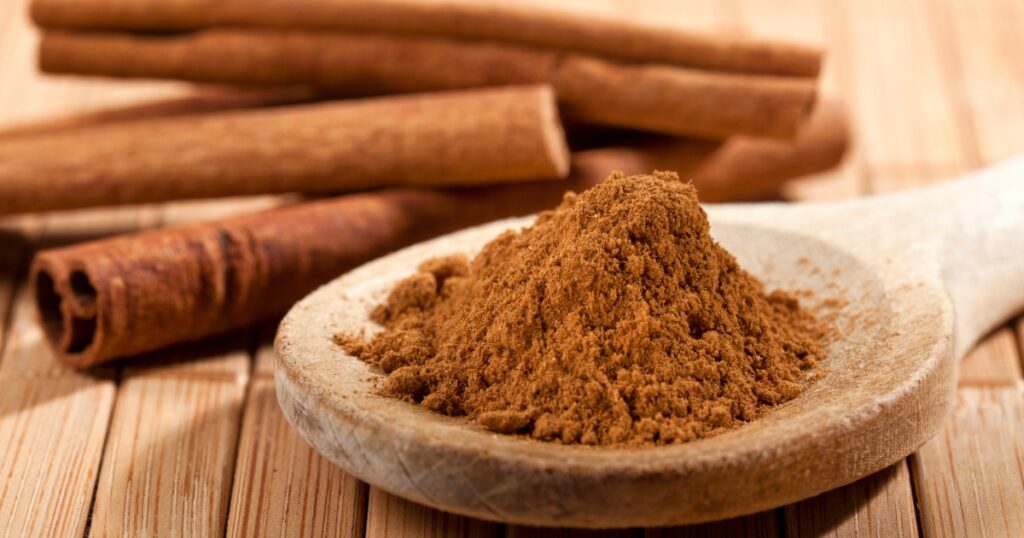
10. How is life in Sri Lanka?
Life in Sri Lanka is a mix of traditional and modern influences, with a strong emphasis on community and culture. Sri Lankans enjoy a rich cultural heritage, diverse cuisine, and vibrant festivals. While urban areas are rapidly modernizing, rural regions retain traditional lifestyles. The pace of life is generally relaxed, and family and community play a central role.
11. When is the best time to visit Sri Lanka?
The best time to visit is from December to March on the west and south coasts, and from April to September on the east coast. Sri Lanka’s climate varies across the island, with two monsoon seasons affecting different parts. Planning your visit according to these seasons ensures better weather and optimal conditions for sightseeing and beach activities.
12. What are some must-try foods in Sri Lanka?
Must-try foods include rice and curry, hoppers, kottu roti, and fish ambul thiyal.Sri Lankan cuisine is flavorful and diverse, with an emphasis on spices and fresh ingredients. Rice and curry is a staple meal, while hoppers (a type of pancake), kottu roti (chopped roti with vegetables and meat), and fish ambul thiyal (sour fish curry) are local favorites.
13. How can you get around Sri Lanka?
You can get around by train, bus, tuk-tuk, or car hire.The train system offers scenic rides, especially through the hill country. Buses are extensive and affordable but can be crowded. Tuk-tuks are convenient for short distances, and hiring a car with a driver provides flexibility for exploring more remote areas.
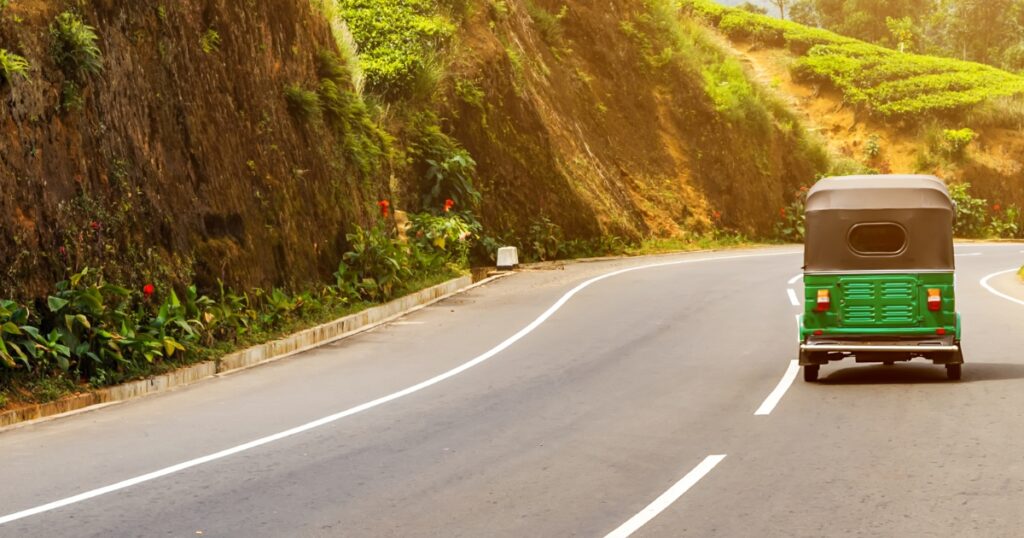
14. What are some off-the-beaten-path destinations in Sri Lanka?
Off-the-beaten-path destinations include Jaffna, the Knuckles Mountain Range, and Kalpitiya. Jaffna offers rich Tamil culture and unspoiled beaches, while the Knuckles Mountain Range is perfect for trekking and nature lovers. Kalpitiya is known for its beautiful lagoons and kite surfing opportunities.
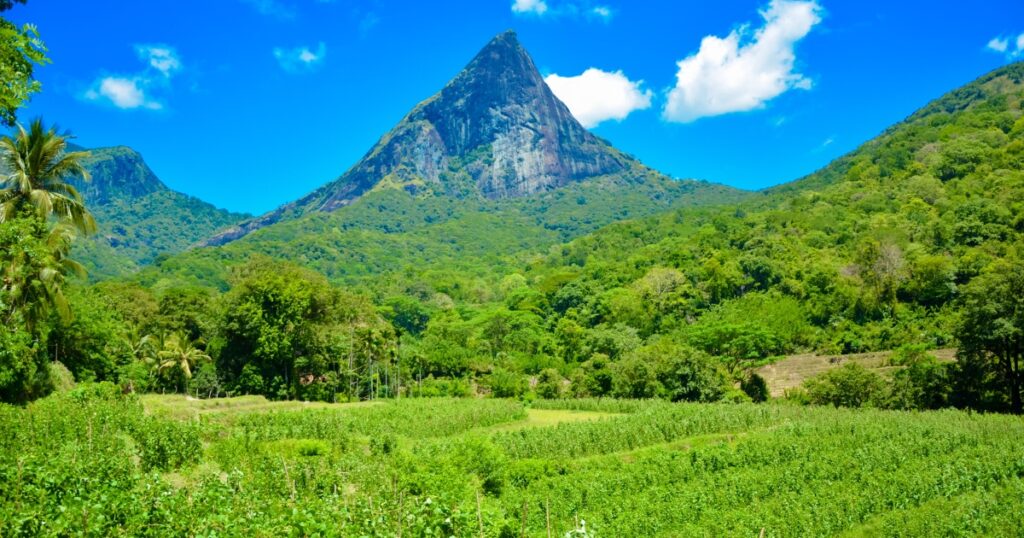
15. What are some tips for staying safe in Sri Lanka?
Tips include avoiding isolated areas at night, using reputable transport services, and being cautious with your belongings. Staying in well-known hotels, avoiding political demonstrations, and respecting local customs can also enhance safety. It’s advisable to drink bottled water and ensure vaccinations are up-to-date.
16. How do you respect local customs in Sri Lanka?
Respect local customs by dressing modestly, removing shoes before entering homes and temples, and being mindful of religious practices.Modesty is important, especially when visiting religious sites. Showing respect to elders, asking for permission before taking photographs of people, and using both hands when giving or receiving items are also appreciated gestures.
17. What are the visa requirements for visiting Sri Lanka?
Most visitors need an Electronic Travel Authorization (ETA) before arriving in Sri Lanka.The ETA can be obtained online and is usually valid for a stay of up to 30 days. Ensure your passport is valid for at least six months from the date of entry. Check the latest requirements and apply in advance.Sri Lanka is one of the easiest visa to obtain, so don’t worry at all!
18. What are some budget-friendly travel tips for Sri Lanka?
Tips include using public transportation, eating at local restaurants, and staying in guesthouses or hostels. Public buses and trains are very affordable. Local eateries offer delicious and inexpensive meals. Opting for guesthouses, homestays, or budget hotels can significantly reduce accommodation costs.
19. How can you experience Sri Lanka’s wildlife?
Experience wildlife by visiting national parks like Yala, Udawalawe, and Wilpattu.These parks offer safaris where you can see elephants, leopards, and diverse bird species. Guided tours enhance the experience and provide insights into the local flora and fauna.
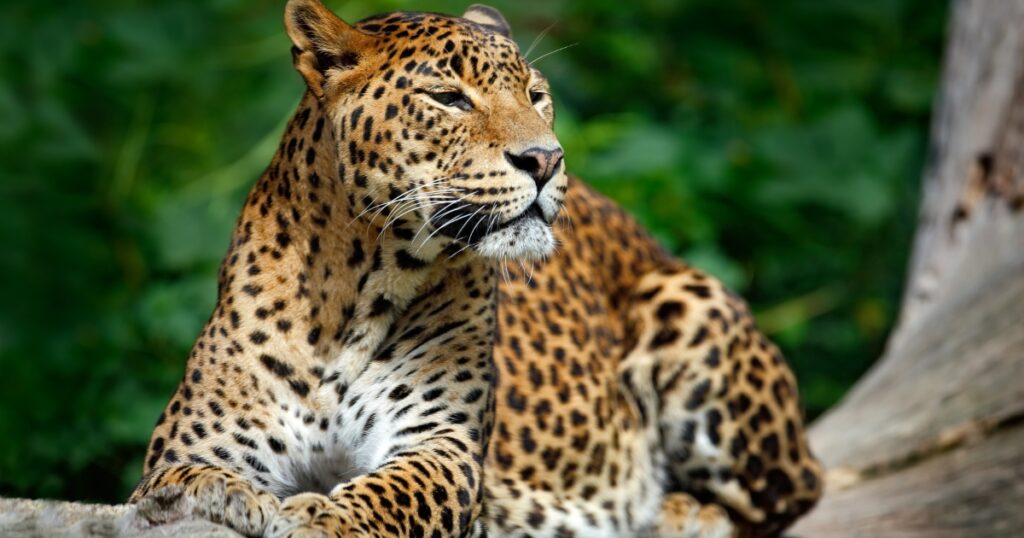
20. What are some popular beach destinations in Sri Lanka?
Popular beach destinations include Mirissa, Unawatuna, and Arugam Bay. Mirissa is famous for whale watching and surfing, Unawatuna for its palm-fringed beaches and coral reefs, and Arugam Bay for its world-class surfing spots. Each location offers a unique coastal experience.
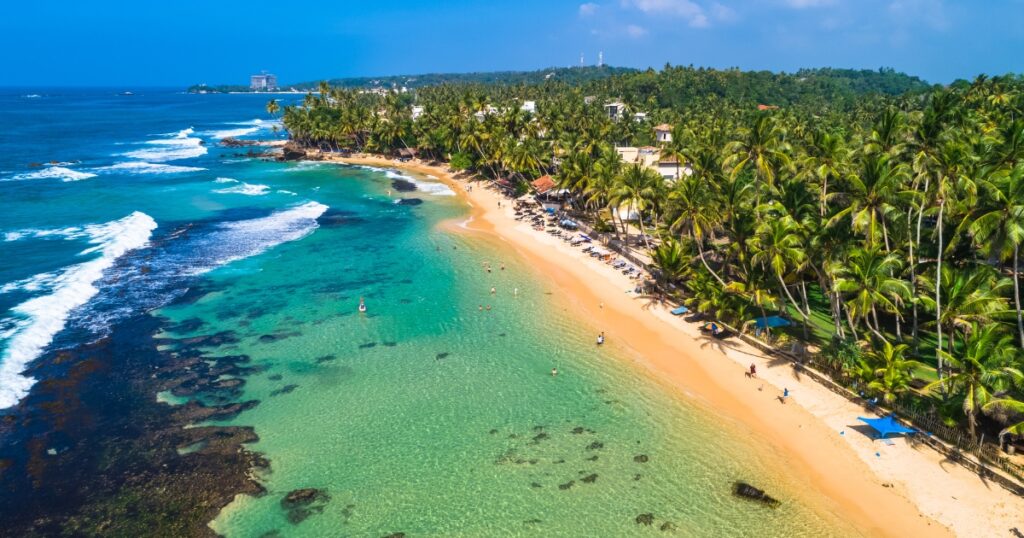
Interesting Facts about Sri Lanka
1. How powerful is Sri Lanka?
Sri Lanka is a developing country with moderate economic and weak military power. Sri Lanka’s strategic location in the Indian Ocean gives it geopolitical significance. Its economy is growing, driven by sectors like tourism, agriculture, and textiles. The military is relatively small but capable, focusing on national security and peacekeeping missions.
2. Is Sri Lanka a good country or not?
Yes, Sri Lanka is considered a good country for its cultural richness, natural beauty, and friendly people.Sri Lanka offers a high quality of life with its scenic landscapes, rich history, and cultural diversity. Despite challenges such as economic development and political stability, it is a rewarding destination for tourists and expats.
3. What is Sri Lanka rich in?
Sri Lanka is rich in natural resources like tea, rubber, gemstones, and biodiversity.The country’s fertile land supports vast plantations of tea and rubber, contributing significantly to the economy. Sri Lanka is also famous for its gemstones, particularly sapphires. Its rich biodiversity includes numerous endemic species of flora and fauna.
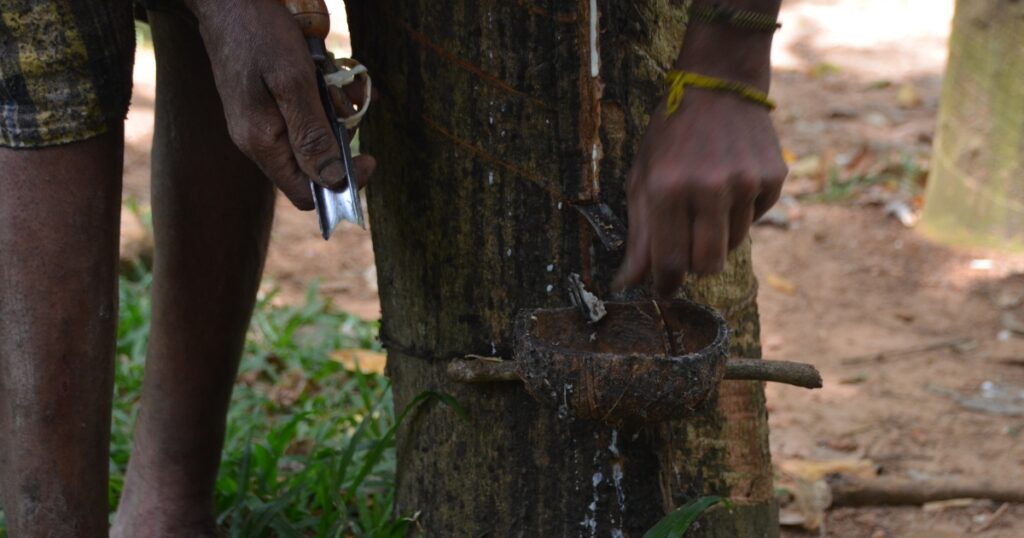
4. Why is Sri Lanka so beautiful?
Sri Lanka’s beauty comes from its diverse landscapes, ranging from golden beaches to lush mountains.The island’s varied topography includes pristine beaches, tropical rainforests, misty highlands, and picturesque waterfalls. This natural diversity, combined with its rich cultural heritage and ancient architecture, makes Sri Lanka exceptionally beautiful.
5. How powerful is the Sri Lankan passport?
The Sri Lankan passport ranks moderate in terms of travel freedom. As of recent rankings, Sri Lankan passport holders can travel to around 40-45 countries visa-free or with visa-on-arrival. This reflects moderate global mobility compared to more powerful passports.
6. Is Sri Lanka worth it?
Yes, Sri Lanka is worth visiting for its unique blend of natural beauty, cultural heritage, and warm hospitality.Visitors find great value in exploring Sri Lanka’s diverse attractions, from ancient temples and colonial cities to national parks and vibrant festivals. The affordability of travel also adds to its appeal as a must-visit destination.
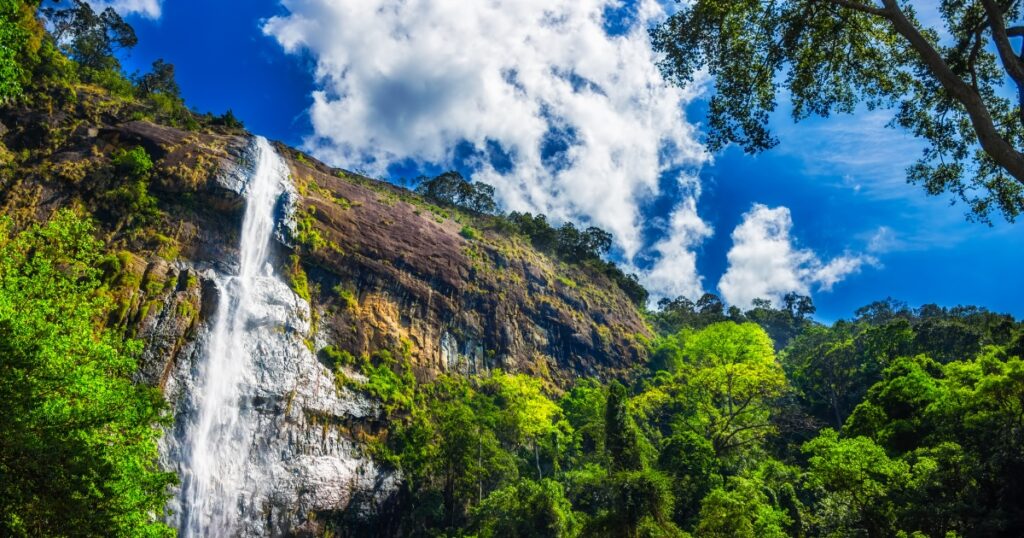
7. What nationality is Sri Lanka?
The nationality is Sri Lankan.Sri Lankan nationality encompasses a diverse population, including Sinhalese, Tamils, Moors, and Burghers. This multicultural society contributes to the nation’s rich cultural mosaic.
8. Is Sri Lanka a big country?
No, Sri Lanka is relatively small, covering approximately 65,610 square kilometers. Despite its small size, Sri Lanka boasts a wide variety of landscapes and ecosystems, making it a geographically diverse island.
9.Why is Lanka called Sri?
“Sri” is an honorific prefix meaning “resplendent” or “holy.” The name “Sri Lanka” signifies the island’s beauty and sacredness, reflecting its esteemed status in historical and cultural contexts. “Sri” adds a sense of reverence and splendor to the name Lanka.
10. What is the most visited site in Sri Lanka?
The Temple of the Sacred Tooth Relic in Kandy is the most visited site.This sacred Buddhist temple houses a relic of the tooth of the Buddha, making it an important pilgrimage site. Its cultural and religious significance, along with its beautiful architecture, attracts numerous visitors annually.
11. What is the most beautiful place in Sri Lanka?
The hill country of Ella is often considered the most beautiful place. Ella’s breathtaking scenery includes rolling tea plantations, majestic waterfalls, and panoramic views from locations like Ella Rock and Nine Arches Bridge. Its tranquil environment and natural beauty make it a favourite among travellers.
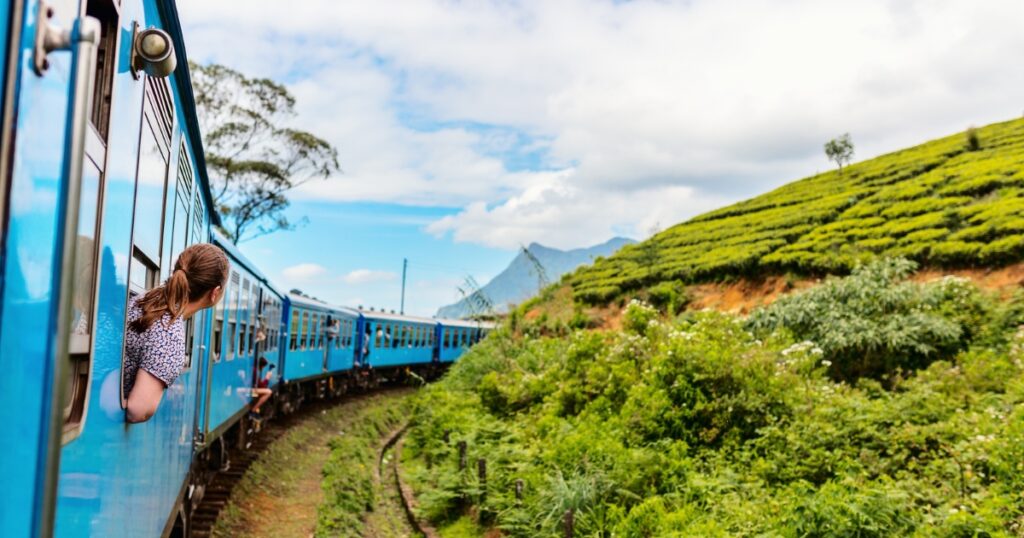
12. What are the unique travel destinations in Sri Lanka?
Unique destinations include Sigiriya, Yala National Park, and the ancient city of Anuradhapura.Sigiriya’s ancient rock fortress, Yala’s diverse wildlife, and Anuradhapura’s historical ruins offer distinct experiences. These sites showcase the country’s rich history, cultural heritage, and natural wonders.
13. Who is better Sri Lanka or India?
Both countries offer unique experiences, and “better” depends on personal preferences.Sri Lanka is known for its compact size and diverse attractions, making it easier to explore. India offers vast cultural and geographical diversity. Travellers might prefer Sri Lanka for a more relaxed pace and India for its extensive historical and cultural depth.
14. What is the nickname of Sri Lanka?
Sri Lanka is often called the “Pearl of the Indian Ocean.”This nickname reflects the island’s natural beauty, strategic location, and valuable resources. Its shape, wealth of natural treasures, and vibrant culture contribute to this poetic moniker.
15. Is Sri Lanka a first-world country?
No, Sri Lanka is classified as a developing country. Despite economic growth and improvements in living standards, Sri Lanka faces challenges typical of developing nations, such as economic disparities, infrastructure development, and political stability. Efforts continue to improve these areas.
16. What are 5 interesting facts about Sri Lanka?
- 1. Sri Lanka is home to eight UNESCO World Heritage Sites.
- 2. The island has a rich history of ancient kingdoms.
- 3. It produces some of the world’s finest tea.
- 4. Sri Lanka has one of the highest rates of biological endemism.
- 5. The country was the first in the world to have a female prime minister.
These facts highlight Sri Lanka’s cultural, historical, and natural significance. Its UNESCO sites, ancient heritage, tea industry, biodiversity, and political milestones are points of pride.
17. What is unique about Sri Lanka’s biodiversity?
Sri Lanka’s biodiversity is unique due to its high rate of endemism and diverse ecosystems.The island’s various habitats, from rainforests and dry zones to highlands and coastal regions, support a wide array of flora and fauna. Many species found in Sri Lanka are endemic, meaning they exist nowhere else in the world, which underscores the country’s ecological importance.
18. How does Sri Lanka’s tea production impact the world market?
Sri Lanka is one of the largest tea exporters, significantly impacting the global tea market. Known for its high-quality Ceylon tea, Sri Lanka’s tea industry is a major economic driver. The country exports to numerous markets worldwide, with tea being a key export commodity. The unique flavors and varieties of Sri Lankan tea are highly valued internationally.
19. What are some UNESCO World Heritage Sites in Sri Lanka?
Sites include the ancient cities of Anuradhapura and Polonnaruwa, Sigiriya, and the Sacred City of Kandy.These sites are recognized for their historical, cultural, and architectural significance. They attract scholars, tourists, and history enthusiasts, contributing to the preservation and appreciation of Sri Lanka’s heritage.
20. What makes Sri Lanka’s gemstones famous?
Sri Lanka’s gemstones, especially sapphires, are renowned for their quality and variety.The island is known as the “Gem Island” due to its rich deposits of precious and semi-precious stones. Sri Lankan sapphires, in particular, are prized for their clarity, color, and size, making them highly sought after in the global market.
21. What is the role of Ayurveda in Sri Lankan health practices?
Ayurveda plays a significant role in traditional health practices in Sri Lanka.This ancient system of medicine, which focuses on natural treatments and holistic well-being, is widely practiced. Ayurvedic clinics and wellness centers offer treatments using herbal remedies, dietary guidelines, and lifestyle practices to promote health and balance.
22. How does Sri Lanka’s cricket team fare internationally?
Sri Lanka’s cricket team is highly competitive and has achieved significant international success.The national team has won major tournaments, including the ICC Cricket World Cup in 1996. Cricket is the most popular sport in Sri Lanka, with strong support from fans and a robust domestic league nurturing new talent.
23. What are some interesting architectural styles in Sri Lanka?
Architectural styles include ancient rock-cut temples, colonial-era buildings, and modern constructions.Sri Lanka’s architecture reflects its rich history and cultural influences. Ancient sites like Sigiriya and Dambulla showcase intricate rock carvings and Buddhist art. Colonial buildings in Galle and Colombo display European influences, while contemporary architecture blends traditional and modern elements.
24. How is Sri Lanka addressing environmental conservation?
Sri Lanka is actively involved in environmental conservation through protected areas, sustainable tourism, and reforestation projects. National parks and wildlife sanctuaries protect biodiversity. Initiatives like eco-tourism and community-based conservation projects help preserve natural resources while supporting local economies. Efforts to combat deforestation and promote renewable energy are also in place.
25. What are some famous movies or books set in Sri Lanka?
Notable works include the film “The Bridge on the River Kwai” and the book “Running in the Family” by Michael Ondaatje.”The Bridge on the River Kwai,” filmed in Sri Lanka, is a classic war movie. Michael Ondaatje’s memoir “Running in the Family” offers a vivid portrayal of Sri Lankan life and history. These works highlight the island’s cultural and historical backdrop.
26. How has Sri Lanka’s economy evolved over time?
Sri Lanka’s economy has transitioned from agriculture-based to a more diverse mix, including services, manufacturing, and tourism. Historically reliant on agriculture, especially tea, rubber, and coconut, Sri Lanka has diversified its economy. The service sector, particularly tourism, plays a significant role, alongside growing industries like textiles and apparel. Economic reforms and infrastructure development continue to shape the country’s growth trajectory.
The SL VOYO Heartfelt Expedition is a rare and unique opportunity
SL VOYO offers a pure form of travel known as heartfelt expeditions, where we take tourists to discover the authentic culture of Sri Lanka. Our tours focus on providing genuine experiences, allowing you to see the country through the eyes of a local donor. We take tourists to help local communities with the SL VOYO founders, whose motive is not only to guide you on this tour but also to help you truly learn about Sri Lanka and understand how we locals help each other.
Ready for Your Sri Lankan Adventure?
Ready to explore the wonders of Sri Lanka? Check out SL VOYO for a curated selection of top-rated tours and experiences. Whether you’re seeking adventure, relaxation, or cultural immersion, SL VOYO has something for everyone. Start planning your dream trip today and create unforgettable memories in this beautiful island nation.
Exploring Sri Lanka is a journey filled with diverse experiences, each more enchanting than the last. By choosing the right tours and being well-prepared, you’ll ensure a trip that’s as smooth and enjoyable as it is memorable. Happy travels!